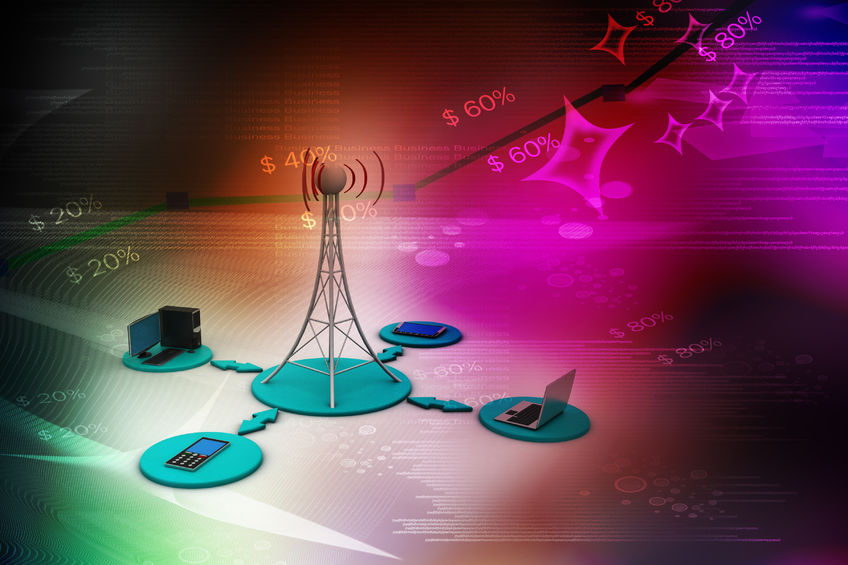
Moon, the lead researcher of the study, strongly advises minimizing exposure to cell phone radiation. (Image credit: Kobiz Media)
SEOUL, April 21 (Korea Bizwire) —The health impacts of cell phone use remain an ongoing debate, particularly concerning whether cell phones emit electromagnetic waves and their potential link to brain disease, which has been under discussion since the late 2000s.
In 2011, the International Agency for Research on Cancer (IARC) of the World Health Organization (WHO) issued a warning about the risk of cell phones causing cancer, declaring it a probable cause of cancer after reviewing all available scientific evidence.
This announcement caused a stir, leading to the CTIA’s criticism of the findings as “biased and based on faulty information,” and sparked a flurry of debate among experts. CTIA or Cellular Telecommunications and Internet Association, is a trade association that represents the wireless communications industry in the United States.
Since then, the discussion regarding the harmful effects of cell phone use has continued to rage, with conflicting opinions on the subject. While the U.S. Food and Drug Administration (FDA) claims that there is no evidence of cell phone electromagnetic waves posing a health threat, the U.S. National Institutes of Health (NIH) found that rats exposed to high levels of electromagnetic waves developed cancer.
Recently, a Korean research team published an epidemiological paper that examined the link between cell phone use and brain cancer.
In the latest issue of the international journal Environmental Research, a team of researchers led by Moon Jin-young, a professor at Inha University Hospital’s Department of Occupational and Environmental Medicine, observed an association between higher cell phone penetration rates in Korea and an increase in the incidence of brain tumors.
The researchers analyzed the incidence of benign and malignant tumors by brain region for the entire population of South Korea, which has one of the fastest mobile phone penetration rates globally, as existing studies have been inaccurate in assessing exposure to electromagnetic waves. The incidence of brain tumors was based on big data from the National Cancer Center’s National Cancer Data Center.

While the U.S. Food and Drug Administration (FDA) claims that there is no evidence of cell phone electromagnetic waves posing a health threat, the U.S. National Institutes of Health (NIH) found that rats exposed to high levels of electromagnetic waves developed cancer. (Image credit: Kobiz Media)
The study found that the correlation coefficients between cell phone penetration and the incidence of cerebral, frontal, and temporal lobe brain cancers were 0.75, 0.85, and 0.84, respectively, at the 95% confidence level. The team calculated the correlation coefficient between the increase in mobile phone penetration and the incidence of malignant tumors.
The closer the correlation coefficient is to 1, the stronger the association. The study also found that benign brain tumors, not malignant ones, were positively associated with mobile phone penetration.
However, benign tumors, unlike malignant tumors, are different from the increase in malignant tumors due to variables such as advances in imaging diagnostic technologies such as CT and MRI, according to the team’s analysis.
“The results of this study are consistent with the results of exposure assessments that show that the frontal and temporal lobes receive the most electromagnetic radiation when using a cell phone,” said Prof. Jin-Young Moon. “Considering the statistical significance, it is also significant in terms of environmental medicine.”
Regardless of whether cell phones emit electromagnetic radiation, the research team recommends caution in cell phone use to prevent disease. They suggest using Bluetooth earphones or keeping cell phones away from the body and using the speakerphone while reducing cell phone use as much as possible, especially at bedtime, and taking breaks.
The WHO has prioritized the reclassification of the carcinogenic risk of cell phone electromagnetic radiation for its International Agency for Research on Cancer’s expert consultation in Lyon, France, in March 2024, to revise its recommendations on cancer-causing agents.
Moon, the lead researcher of the study, strongly advises minimizing exposure to cell phone radiation. “Using Bluetooth earphones or speakerphone, and keeping the phone away from the body can significantly reduce the risk of health problems.” Furthermore, Moon recommends reducing overall cell phone use and avoiding keeping the phone near the body while sleeping. “It’s best to keep the phone below the waist instead of on the nightstand.”
M. H. Lee (mhlee@koreabizwire.com)







Warning against EMFs and then recommending Bluetooth headsets seems quite silly, especially since there is a study that finds Bluetooth to be way more disruptive to DNA (like 300 times more) than mobile-phone radiation (at the same intensity).
But it is important that this research is done and published!